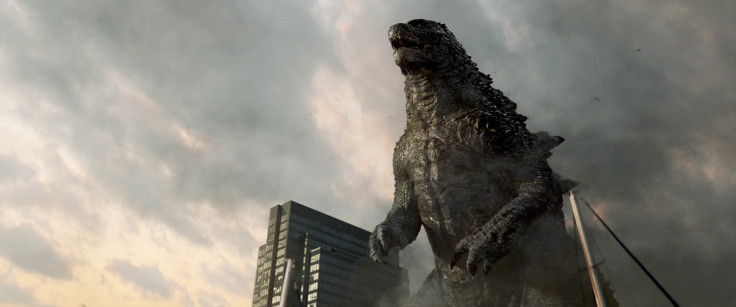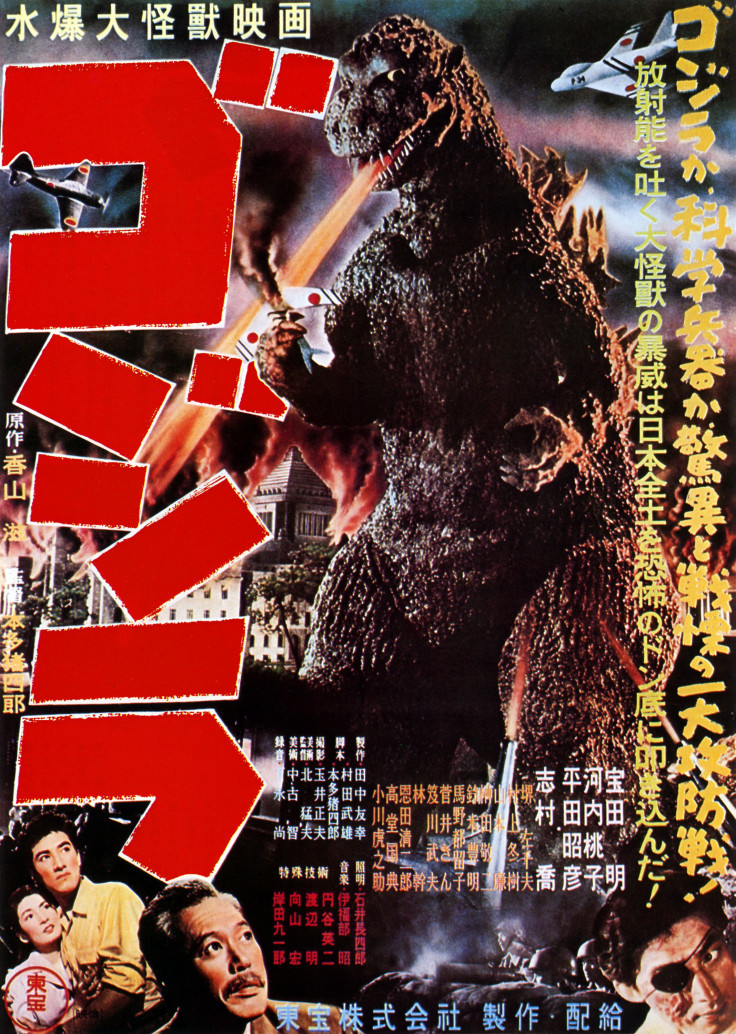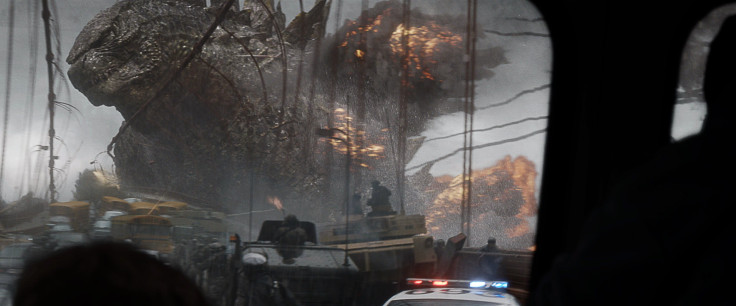Is Godzilla Fat? The Changing Size Of The Japanese Kaiju From 1954 To 2014 [VIDEO]

Despite the growing excitement in the U.S. for the upcoming Hollywood reboot in the “Godzilla” series, some fans in Japan -- where Godzilla was born -- think the new monster needs to go on a diet.
If you’re wondering why there are some complaints about the new "fat" Godzilla (a Japanese word that literally translates to "strange creature"), a look back to the kaiju in the 1954 original Japanese “Godzilla” film might explain why.
Compared to the 1954 debut model, the new Godzilla -- set to hit U.S. theaters next week -- does look fuller-figured, complete with a thicker neck and generally wider top torso. But in the 30-odd Godzilla movies that came in-between, the creature terrorized in many different looks and sizes.
Gojira/Godzilla: King of the Monsters (1954/1956)
Originally released in 1954 by Toho Co. Ltd. as “Gojira,” the first film of the “Godzilla” series featured the dinosaur-like giant kaiju, terrorizing the ships of Japan and the city of Tokyo after being disturbed by a nuclear explosion. “Gojira” eventually made its debut in the United States as “Godzilla, King of the Monsters” in 1956, featuring original footage spliced together with footage of Raymond Burr playing the role of reporter Steve Martin. In comparison to the 2014 version of Godzilla, the 1954 version is rather thin, particularly in the upper torso and neck area.

King Kong vs. Godzilla (1962)
Godzilla’s size remained fairly consistent until the release of “King Kong vs. Godzilla” in 1962, where a thicker Godzilla clashed with the famous giant gorilla, King Kong. However, the camera may have actually "added 10 pounds” to the giant kaiju, since “King Kong vs. Godzilla” was filmed in both widescreen Tohoscope and in color, a first for Godzilla.
Godzilla vs. Hedorah (1971)
Between 1962 and 1967, Godzilla thinned out again over several films, sporting a thinner and longer neck, while still retaining some bulk on the lower torso. The thinner look would continue through most of the 1970s as more Godzilla films continued to be made.
The Return of Godzilla/Godzilla 1985 (1984/1985)
The 1984 reboot of “Godzilla” serves as more of a sequel to the original 1954 version, as it ignores the films made between 1955 through 1975. Coupled with darker Cold War themes, this iteration of Godzilla also featured a darker, more aggressive and more muscular appearance. “The Return of Godzilla” was part of a 30-year anniversary celebration of the “Godzilla” franchise, which also led to an American remake, with new scenes edited in featuring Raymond Burr reprising his role as Steve Martin from the 1956 American adaptation.
Godzilla vs. Destoroyah (1995)
Godzilla maintained its aggressive appearance through the mid 90’s all the way up to “Godzilla vs. Destoroyah” as Toho Studios set the series up to end for a couple years in order to pave the way for an American remake. While Godzilla maintained its muscular torso, it regained an all-around bulkier appearance. This trend would briefly reverse itself a few years later.
Godzilla (1998)
With Roland Emmerich (“Stargate”) behind the helm of this American remake of the Japanese kaiju series, “Godzilla” was released in 1998 featuring extensive computer-generated imagery (CGI) and a completely revamped Godzilla.
Taking a wild departure from its predecessors, this version of Godzilla not only slimmed down, but took on a different appearance in its entirety. Redesigned by special effects artist, Patrick Tatopoulos, the new Godzilla appeared more iguana-like and stood with its back parallel to the ground. Its appearance was so different that Toho opted to consider monster from the 1998 “Godzilla” as a totally different monster, later renaming it to Zilla.
While “Godzilla” was a moderate success at the box office, it general received negative reviews. While sequels were planned by Sony Pictures, who purchased franchising rights from Toho, they were eventually left to expire in 2003, despite the a successful television animated series released that same year.
Godzilla 2000 (1999)
While Sony still owned franchising rights outside of Japan until 2003, Toho rebooted the Japanese franchise again with “Godzilla 2000,” which saw the return of the classic upright Godzilla model, combined with a story which tied in Y2K and UFOs. Godzilla would retain this classic, but aggressive look throughout films made through the early 2000s.
Godzilla (2014)
A decade after the last Godzilla film, “Godzilla: Final Wars,” was released, Legendary Pictures and Warner Bros. Pictures are set to release its latest reboot of the “Godzilla” franchise. After acquiring the rights to “Godzilla” from Toho in 2010, Legendary announced that it would be developing the world known kaiju to be in line with its 1954 appearance, instead of the widely criticized 1998 version.

However, as stills from the film began to emerge in recent months, Japanese fans on the popular message board, 2channel, were quick to criticize the new “Godzilla,” calling it “fat” and “supersized.”
While Godzilla may appear larger, it's only one of the many changes in apperance that it has seen throughout its 60 year run.
"Godzilla" opens in theaters in North America on May 16.
© Copyright IBTimes 2024. All rights reserved.






















